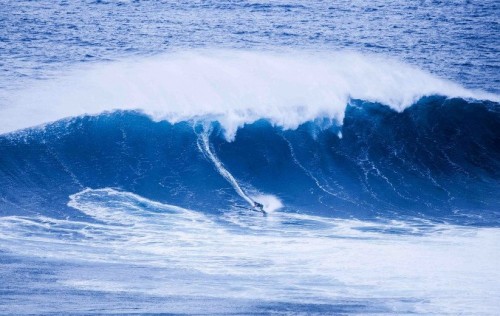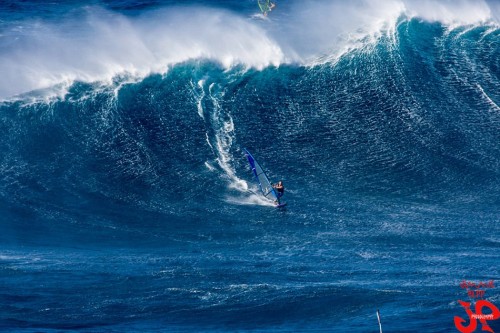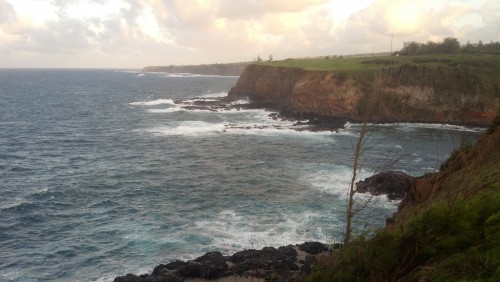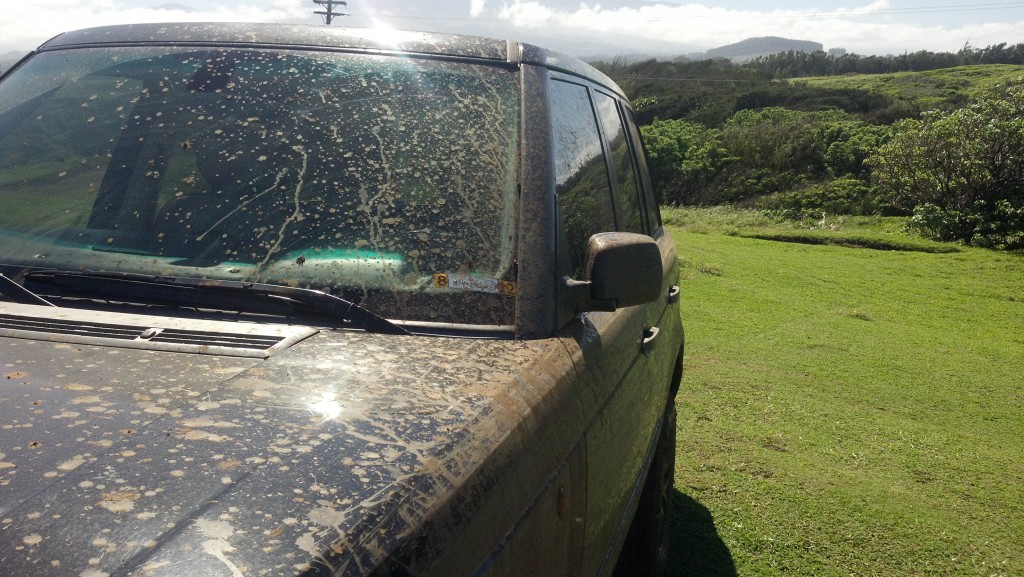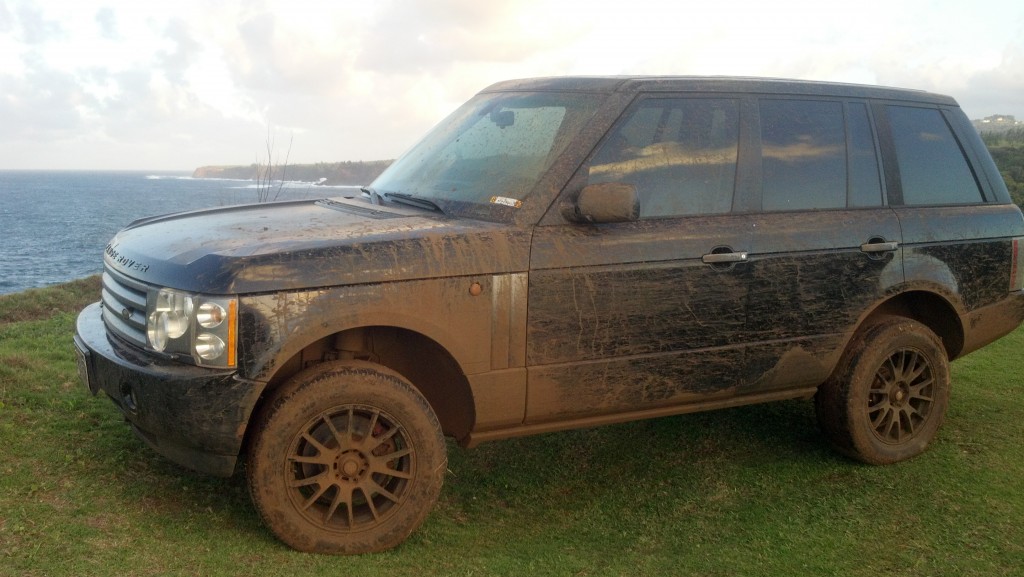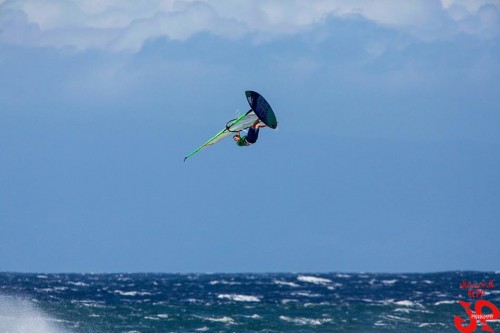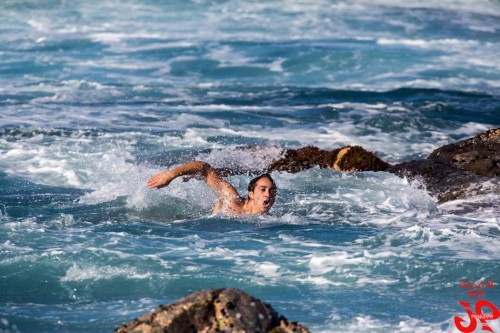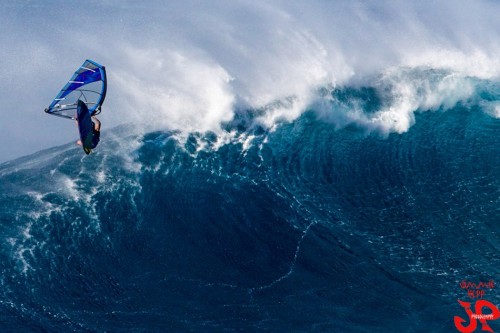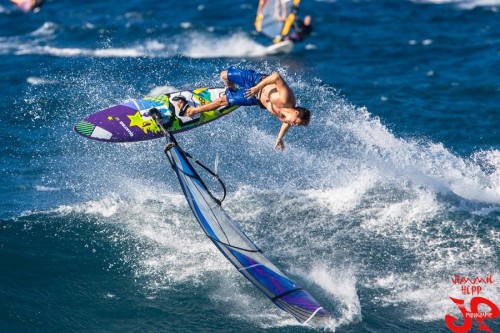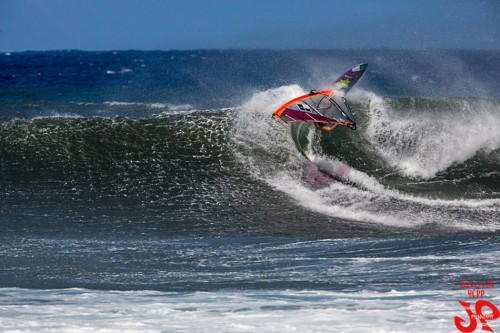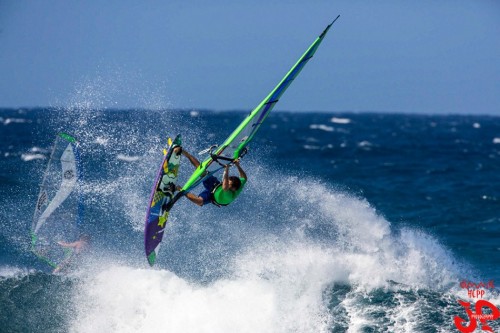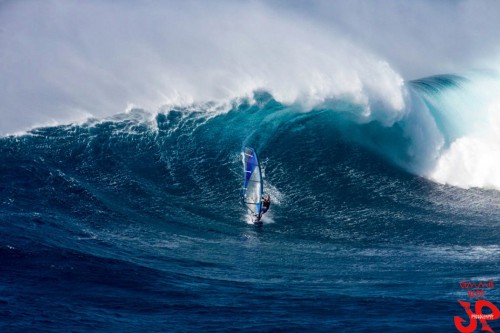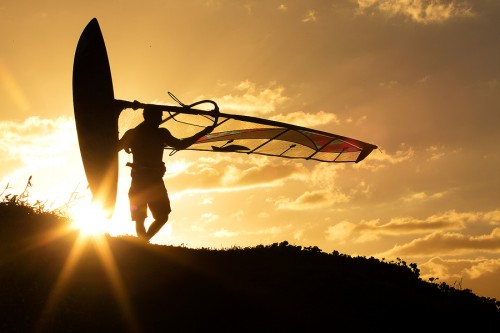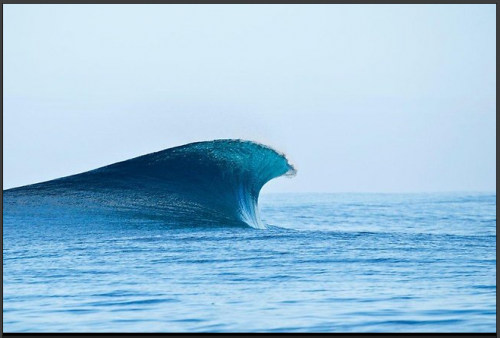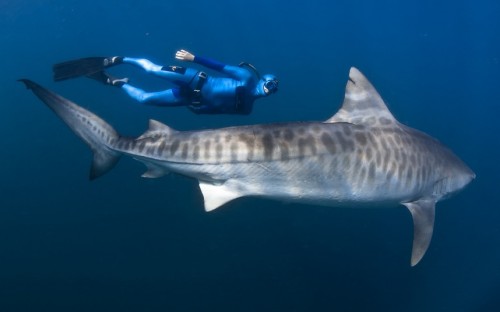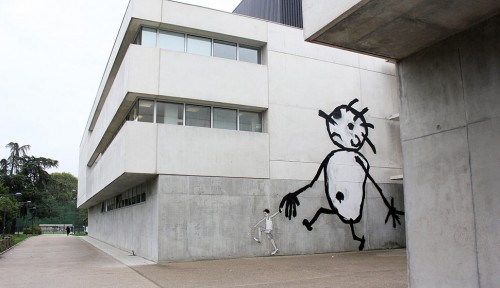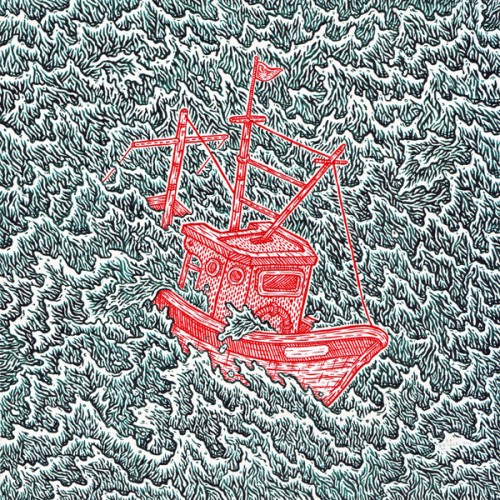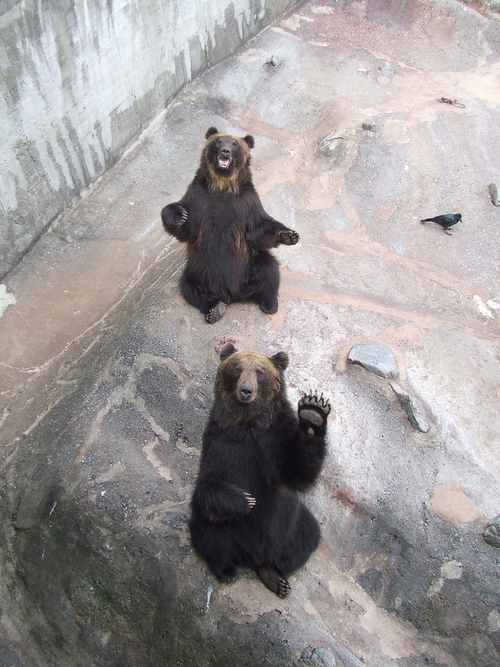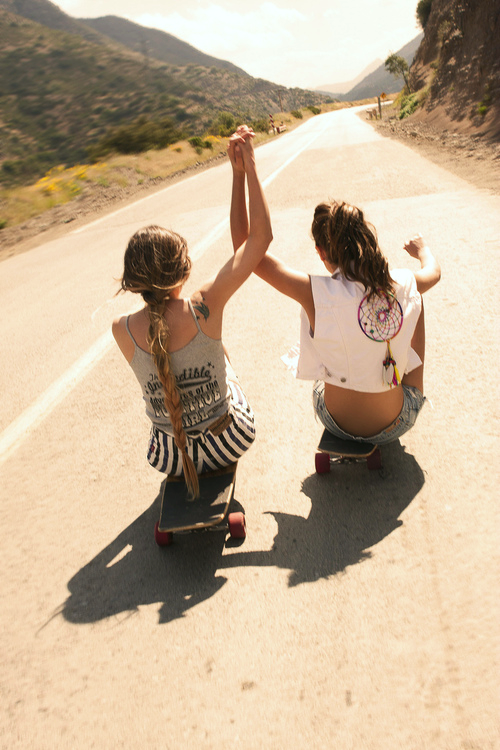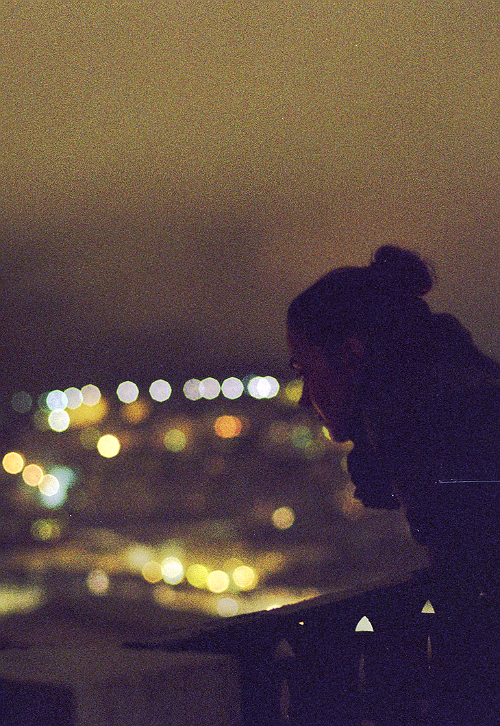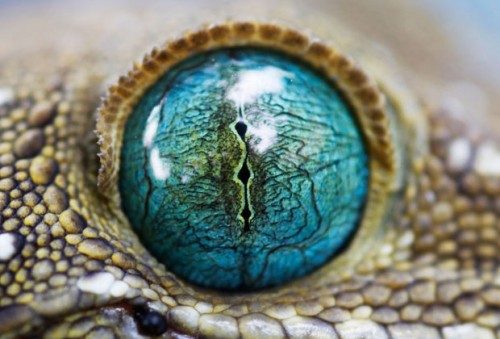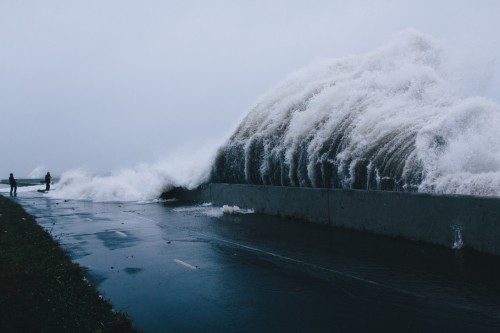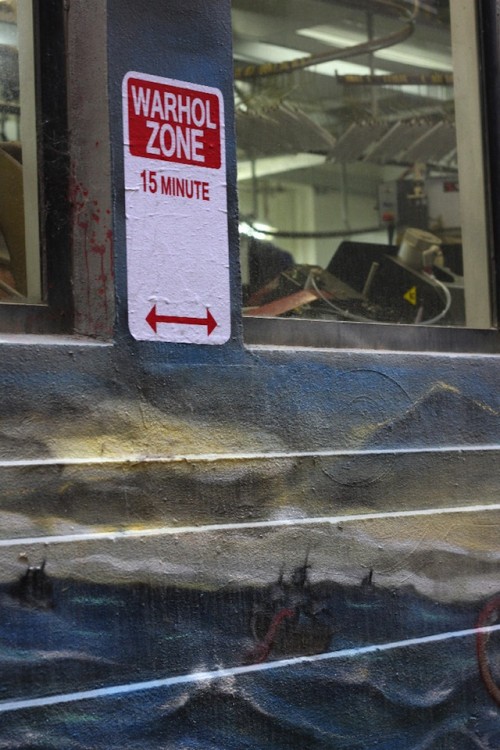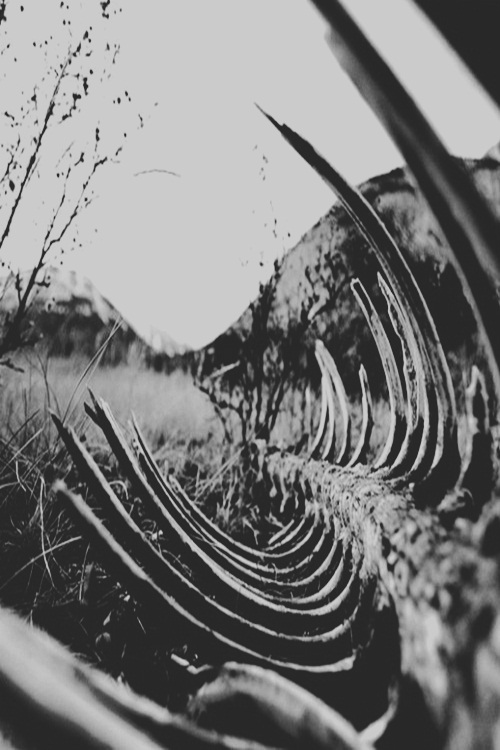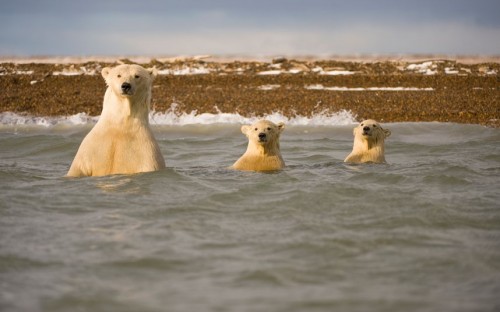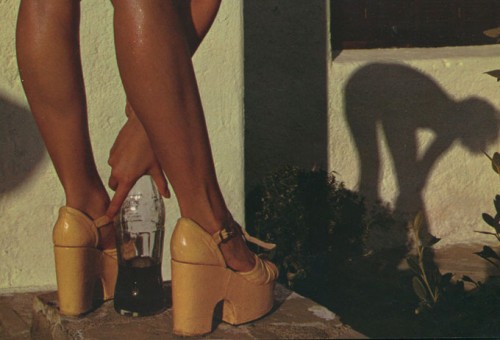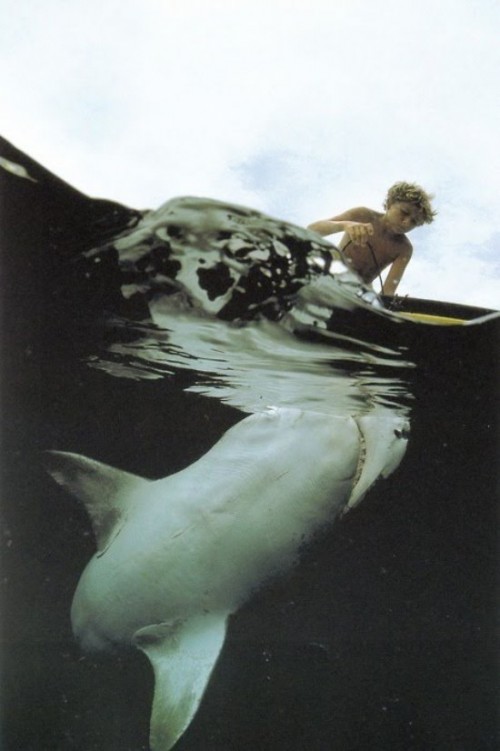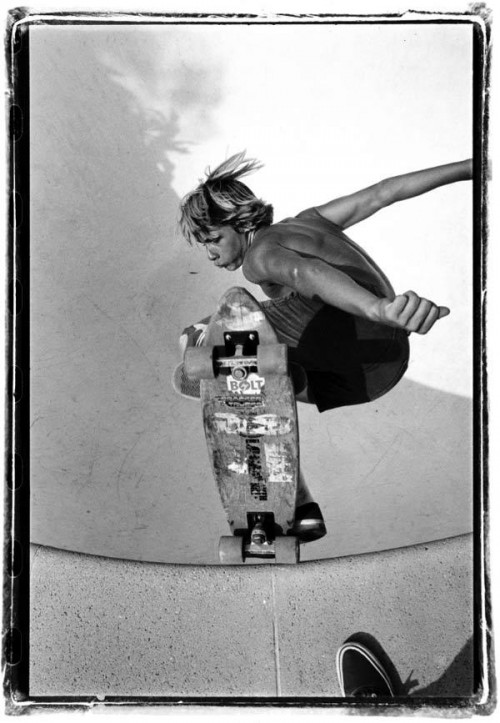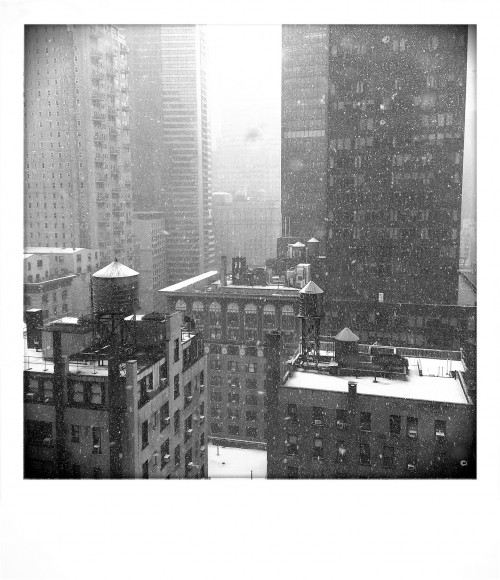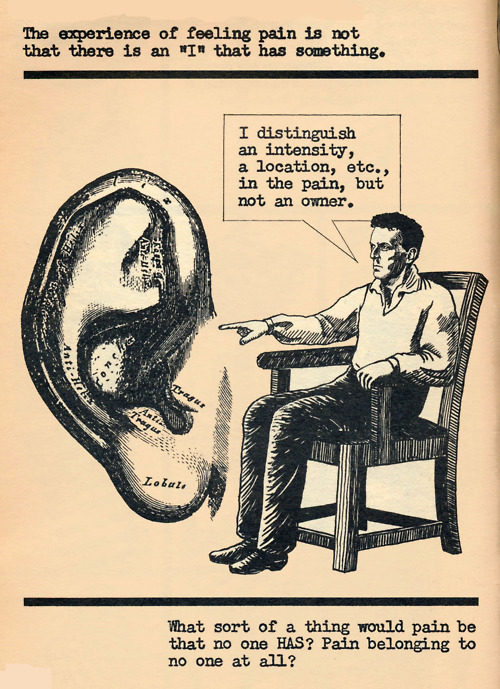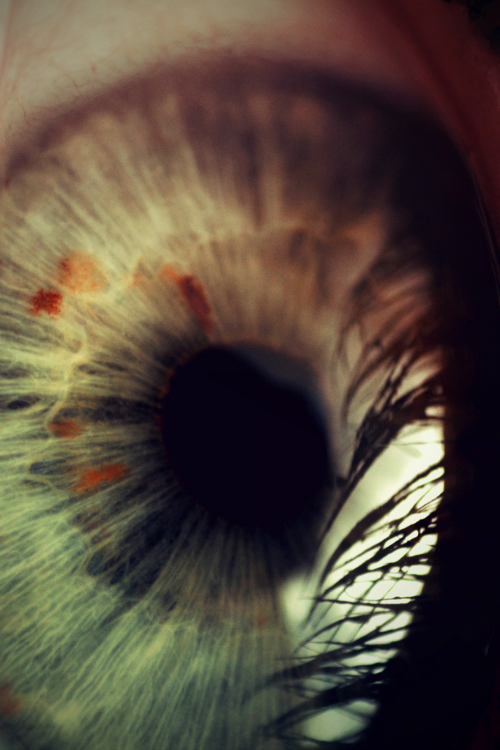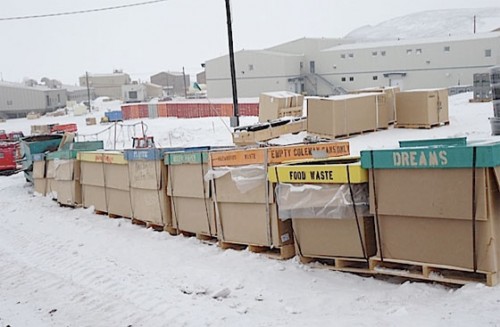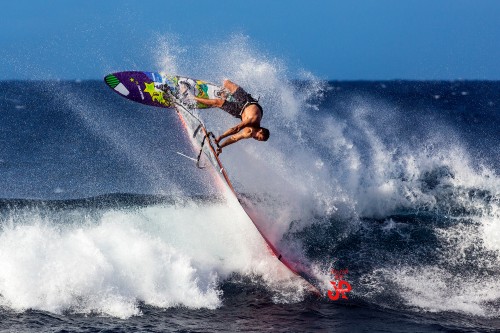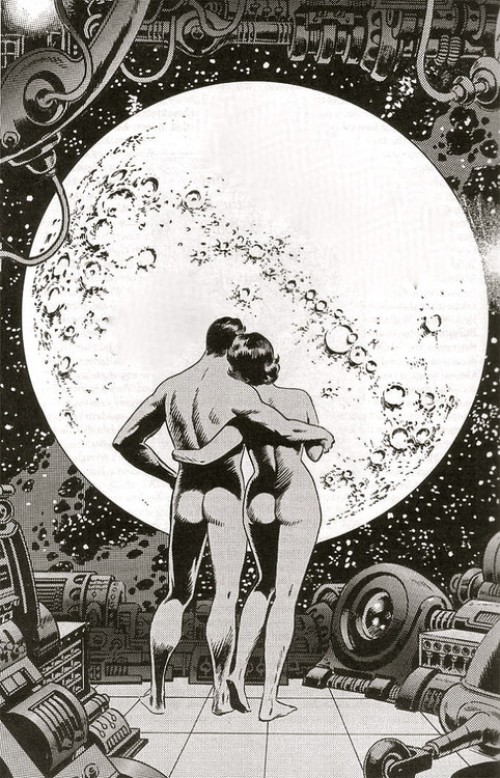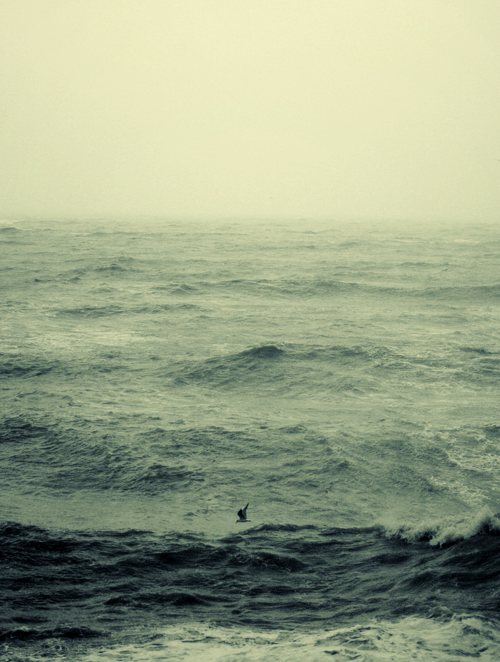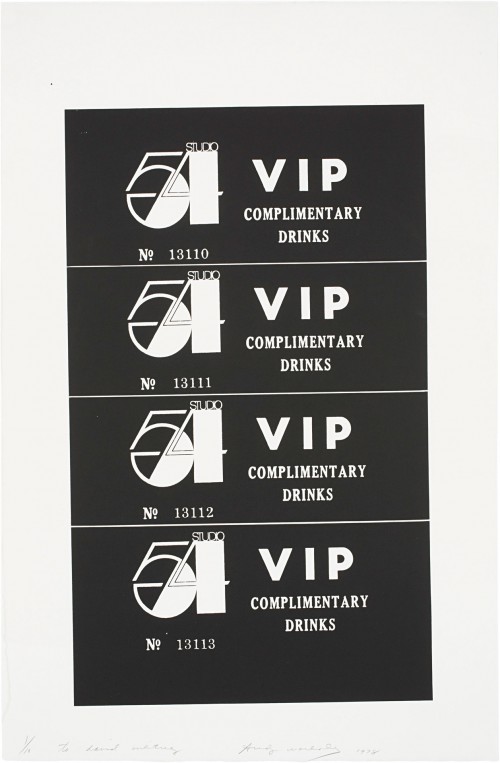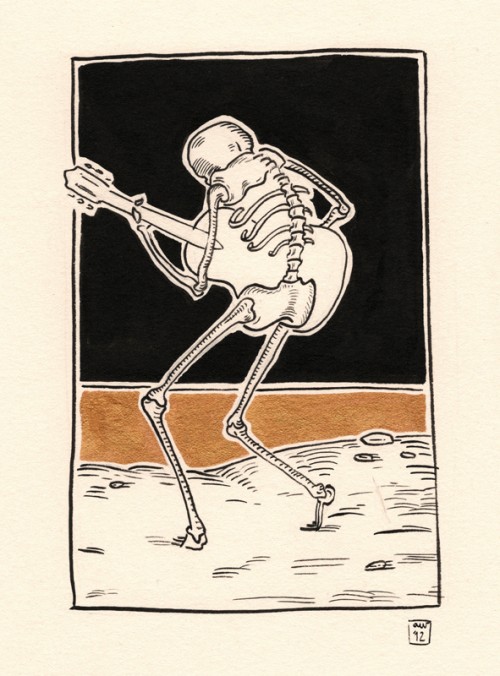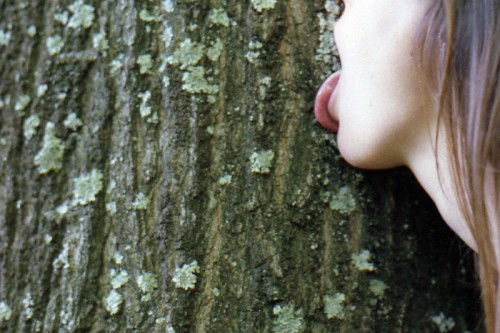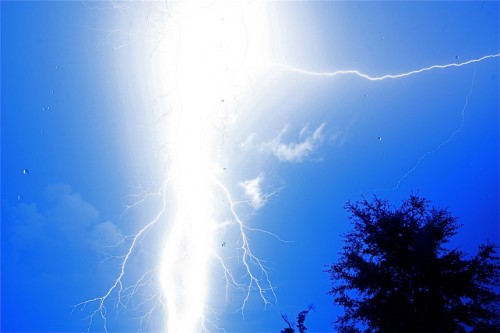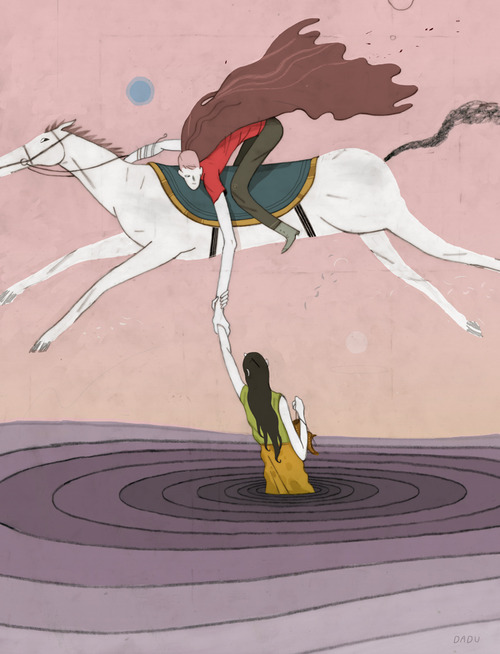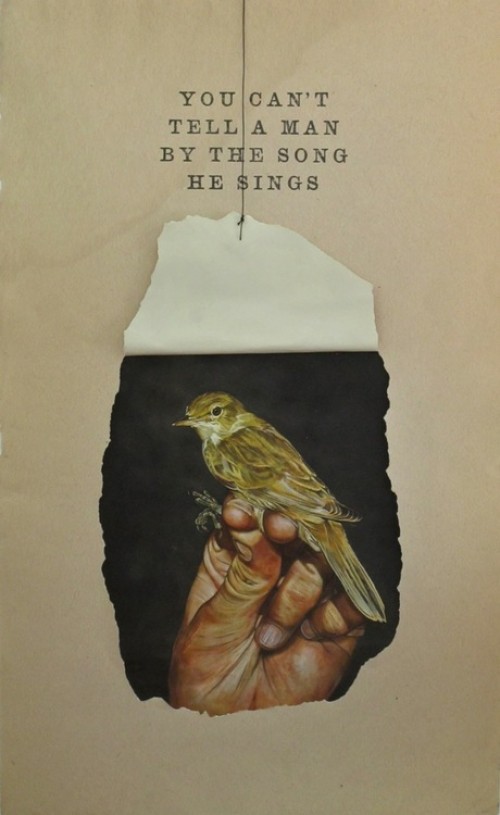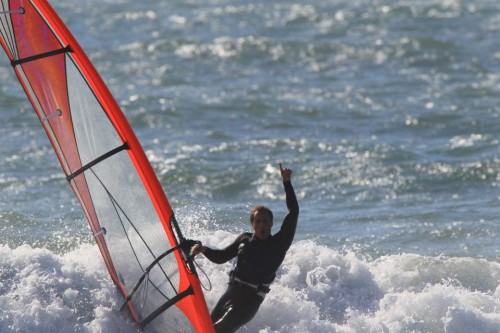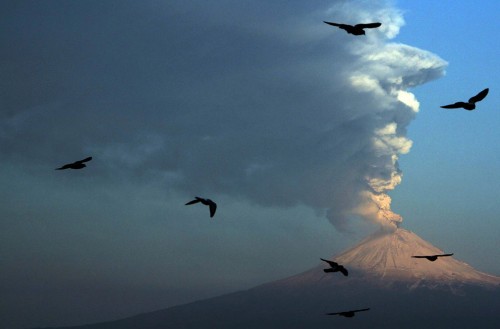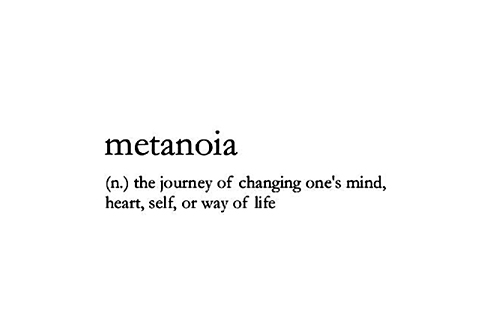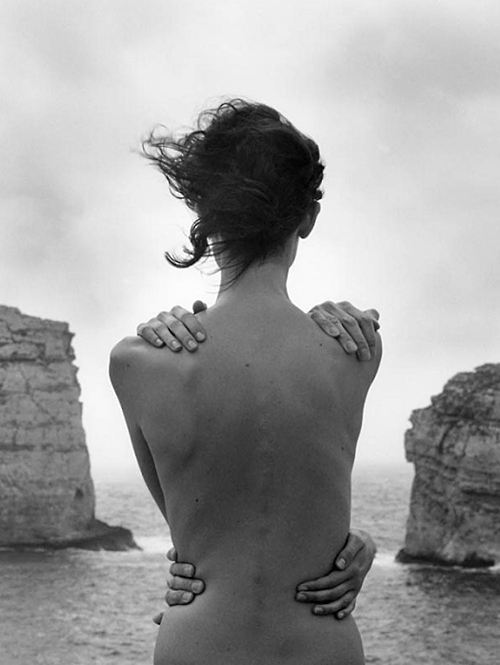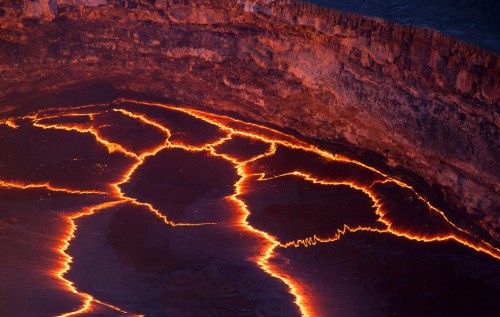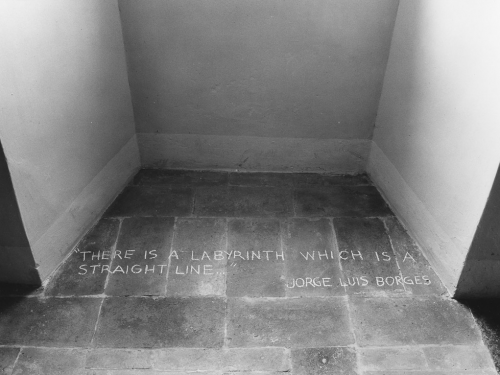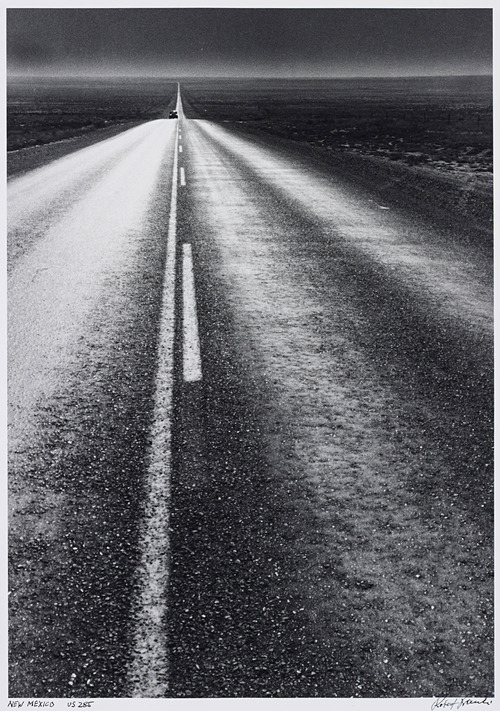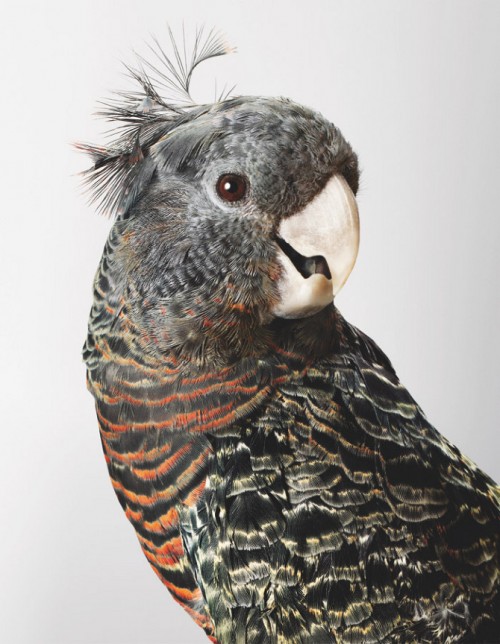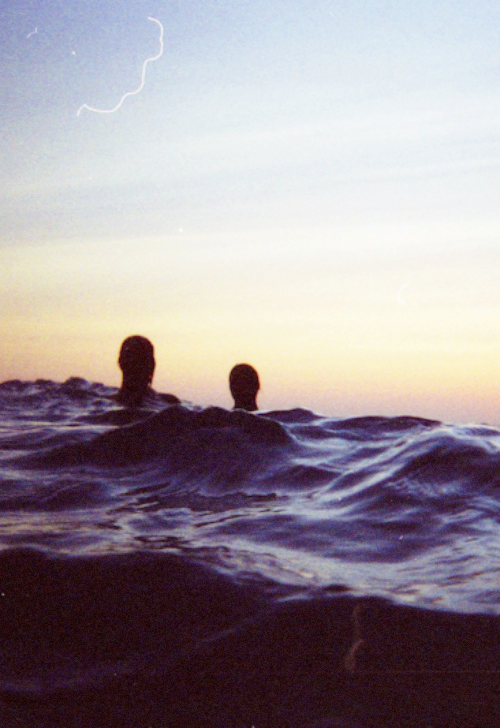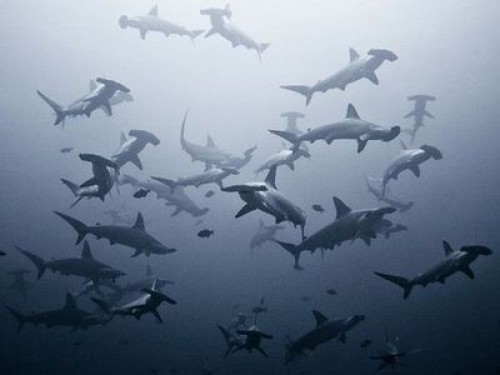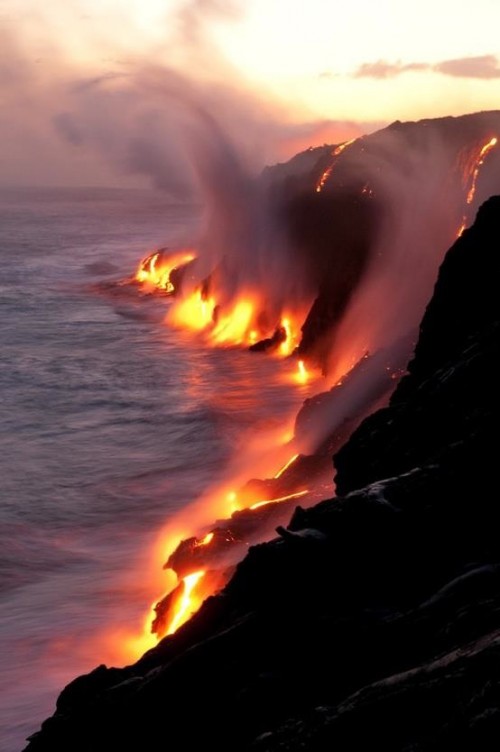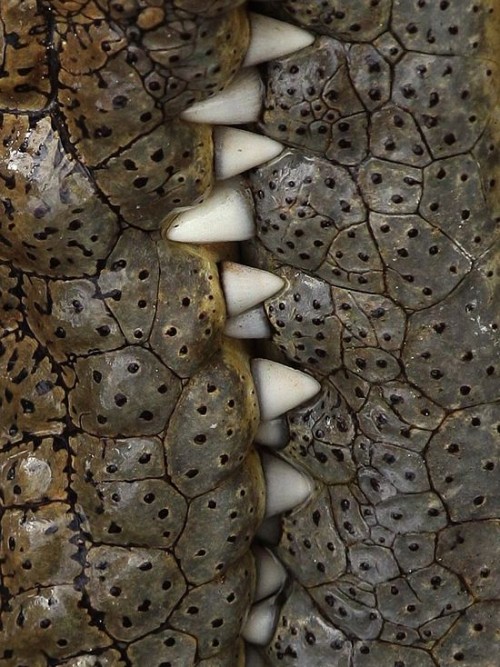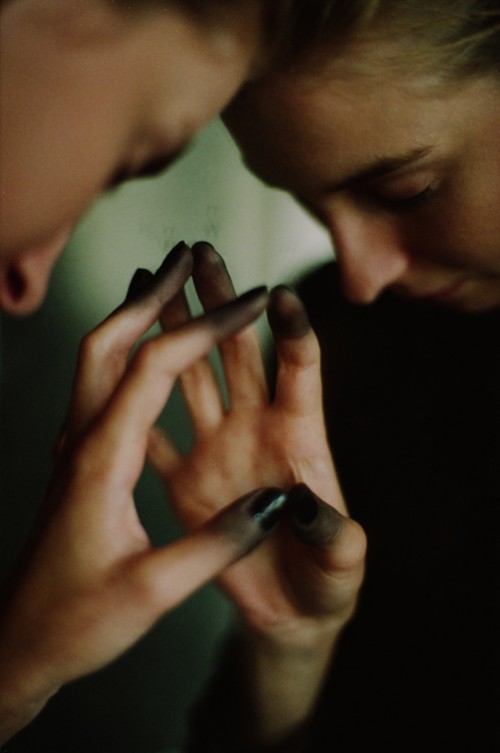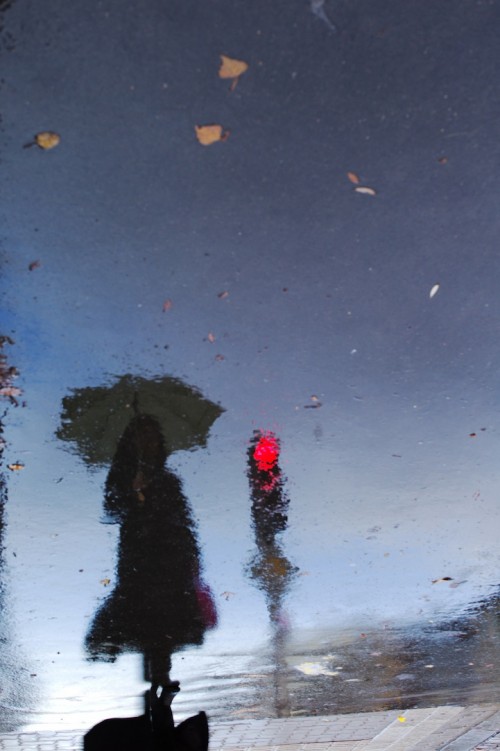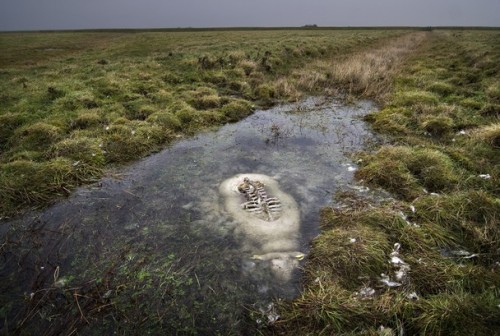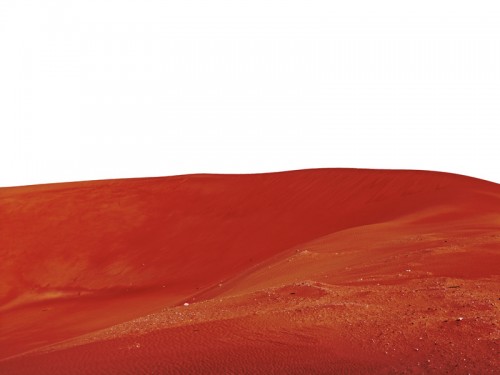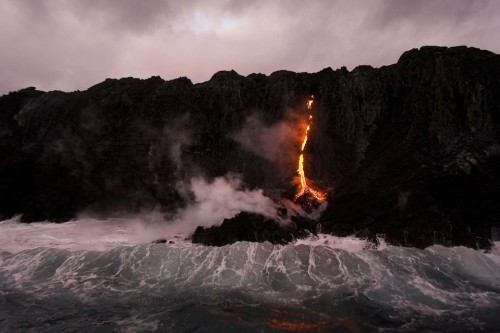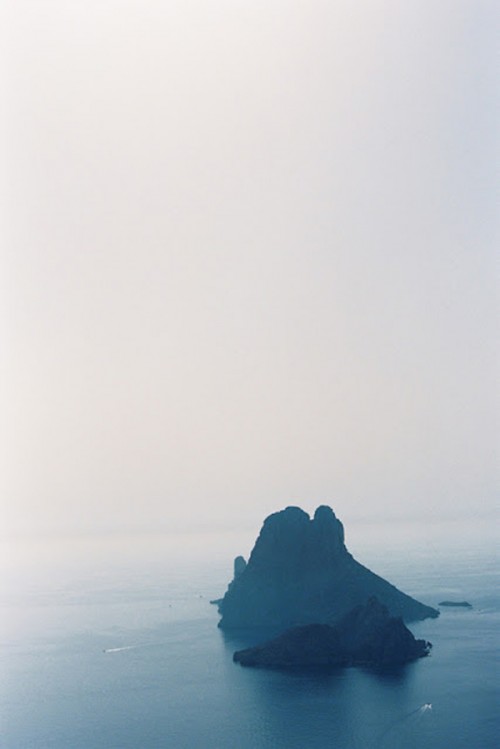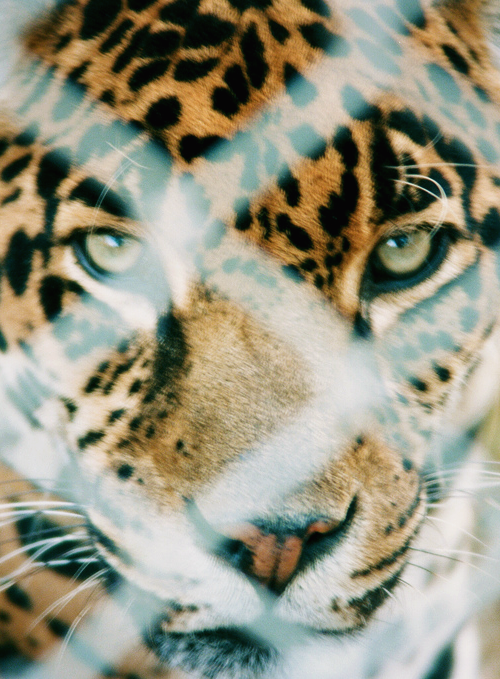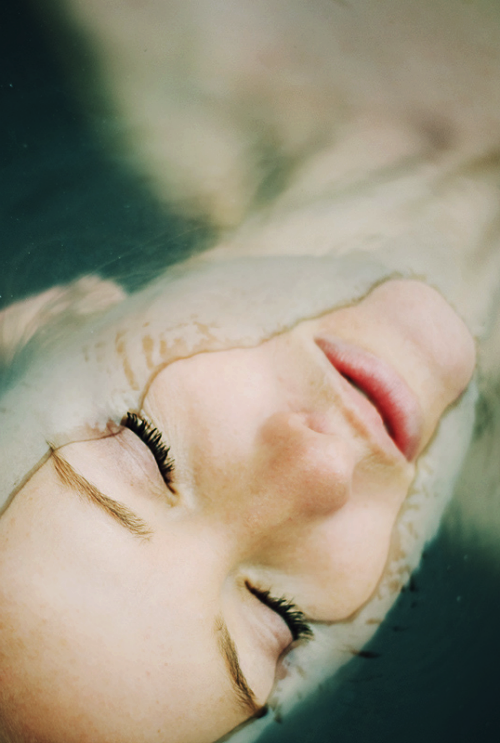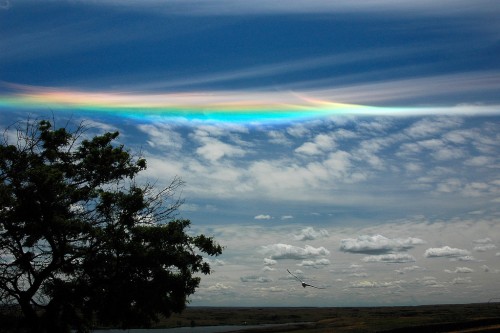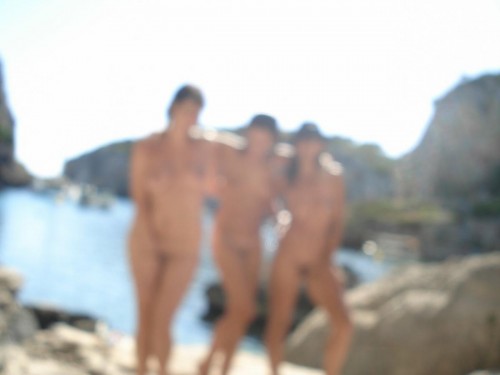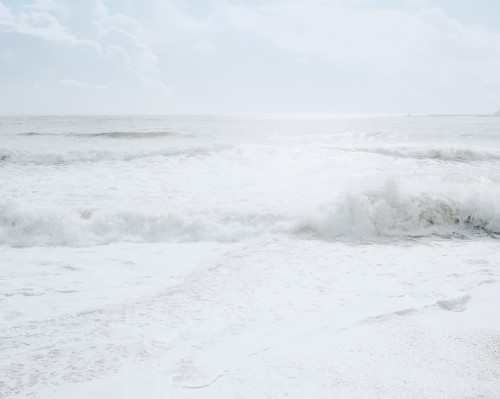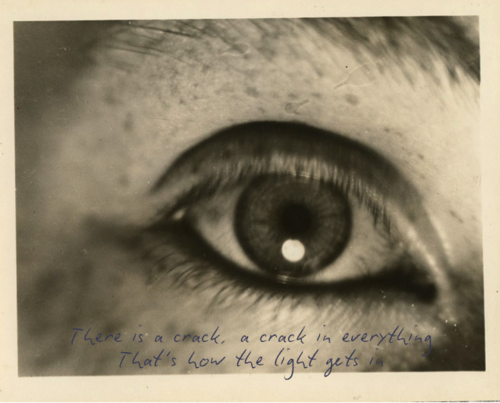Mud, Rocks, and Jaws (part 1)
Fear is a bruise. It pulls you to poke it. Scratch the scab off to see if it bleeds. Test the swollen (broken?) ankle. Can I walk? Is it actually broken? Vertigo is fear of heights, yes. But Vertigoers describe it as a fear that on the edge of the precipice their bodies will jump. Staring into the abyss is the scariest moment of all because of the compulsion to leap into the dark. Riding big waves is looking into the abyss and then jumping headfirst.
February 1st was a small big wave day at Jaws/Peahi. Most waves were between 20 and 30 feet with few sets in the 40+ range. For me, that day involved crashing my car into a tree to avoid sliding off a cliff, jumping into waves surging onto rocks, and sailing up to Jaws for a session of big wave windsurfing.
In the hour before riding these waves, I felt the breath of death so many times that the certainty of a breaking wave—something I know intimately—was calming, no matter the wave’s size.
I will tell the story of that February day and describe my mind and emotions at the time. We all experience fear, and we all must deal with it. This is my experience.
Definitions
The words “Big Waves” are unfortunately poorly descriptive. To most novice surfers, waves over 6 feet are considered “big”. In standardized surf language, “Big Waves” include waves over 20 feet high.
The biggest wave I have ever ridden measures somewhere around 50 feet. 50 feet is big, BUT the biggest wave ever ridden is DOUBLE that—with a height of ~100 feet (McNamara in Nazare, Portugal).
Clearly, “big” has many meanings when it comes to waves. Despite the ambiguity, though, no one denies that Jaws (or ‘Peahi,’ meaning ‘beacon’ in Hawaiian because of the loud noise of the breaking waves) is a hotspot for big wave surfing; it was once considered to be the largest breaking wave in the world and is still the Mecca of big wave surfing.
Jaws in February, the Morning
On that February 1st, the forecast called for waves big enough for Jaws to be good. I woke up that morning jetlagged from a weeklong-trip New York City. I’d timed the trip to miss a bout of Monsoon-style rain that plagued Maui for the entire 7 days I was gone. Biblically heavy rains pour every few years in the winter when a big Northerly storm hits the Islands, killing the wind and creating rivers and mud everywhere.
The wave at Jaws is a mission to get to. Cliffs surround Jaws for miles in either direction, making a boat the traditional way for surfers to get to Jaws, launching from the dock at Maliko Gultch. (Last year, some paddle-in surfers started braving the boulder-moving shore-break to paddle out to massive waves.)
I don’t own a jetski or a boat, so in the past, I rode to Jaws with other riders or friends like Jason Polakow, Jason Prior, and Kevin Pritchard.
Despite all the phone calls I made the morning of February 1st, I could not reach anyone going to Jaws.
I did not waste any time; my only chance of getting to Jaws (or so I thought) was hitching a ride on a Jaws-bound boat from the docks at Maliko Gultch. After the turn-off from the main road to the normally-dirt-but-now-mud road, my truck slipped, slid, and fish-tailed its way to the firm rock/cement of the dock.
Pro windsurfers Kauli Seadi and Brawzhino were loading their windsurfing gear onto a jet ski when I arrived.
I parked, walked to the end of the dock, and asked Kauli and Brawzhino if they had room on the ski for me. I was like a drug addict jonesing for a fix—desperation surely audible in my voice—feeling like a hitchhiker with his thumb out and only 1 car in sight. You see, Jaws is only windsurfable 1 or 2 (or if you’re lucky 3) times a year, so a session at Jaws is not to be missed.
They said no. They had no room to take me.
I was heartbroken but tried not to let it show. Kauli suggested jumping off the rocks at the Lighthouse and sailing up to Jaws– he had done so twice before. Kauli Seadi’s suggestion was my only option.
The only image in my mind of launching at the Lighthouse was of Robby Naish’s RIP movie. Robby and Don Montegue try to depart from the Lighthouse to sail Jaws; Robby sails off fine, but the waves smash Don into the rocks and he almost dies.
Kauli launched off those rocks twice before, so I knew the spot was not impossible to launch from. But I could only think of the walls of whitewater knocking Don’s body against the black lave rocks. ( 29:00 in https://www.youtube.com/watch?v=hApWbm_xoog).
It was at that point of the day that I was the most scared. Fear is funny like that. Fear is strongest before anything happens. Once the doing starts, it’s time to do, not time to be scared.
It’s like jumping out of a plane. The scariest moment is when you look out of the open door onto the lego-world 12,000 feet below. The apparent wind rushes loudly by the plane’s door. The whole plane fills with the noise, yet it seems too quiet. You look out over the edge of the plane thinking, “holy shit, am I really going to jump out of this thing?”
And then you do the jump, and the freefall is pretty boring—wind in the face and terminal velocity slower than you can drive a car.
The Lighthouse
The Lighthouse is only accessible via a dirt road opposite to the Haiku Community Center. This dirt road, for the first half, borders a steep gulch. The area around the lighthouse is remote, making it a common location for both big parties and crimes—and often a combination of both. A few years ago, some guys at one such party rolled a car tire over the head of a 20 year old male they didn’t like, killing him. More recently, a young woman’s car and all her possessions were found there; she was never seen again.
But did I mention that the views from Lighthouse are absolutely beautiful?
On February 1st, the road was muddy from the recent torrential rain and flooding. Directly after turning left onto the dirt road, I knew the ride would be rough. I didn’t worry though—my truck is built for serious off-roading with 4×4, a powerful engine, and a strong low range gearbox. But I don’t have mud tires. In mud, I learned, a truck’s power is all for naught without the right tires.
The week of torrential rain made the Earth weak and sea-like with mud and ruts instead of road. My course through the mud and ruts was careful, doing a ballet with the truck such that the wheels always sought the surest dirt.
As I continued down the road, the downhill incline became more severe and the mud and ruts got deeper. I didn’t want to get stuck in the mud out in the middle of nowhere. The surest way to avoid getting stuck, generally, is to go fast so that momentum keeps the car moving forward. But going too fast is dangerous. To drive in mud, you must follow the instructions given to mythical Icarus by his father as they fly out of prison on wings made from feathers and wax: “O Icarus, I warn you: fly a middle course. If you’re too low the waves will wet your feathers, and if you fly too high, the sun will melt your wax. Keep to the middle then.”
This was my strategy against the mud: go fast but not so fast as to lose control.
The problem: mud is ice without the right tires.
I pushed the accelerator to get past a particularly long stretch of mud. The car slid and fishtailed. Mud flew against the windshield and the truck’s direction shifted to the right, steering me towards the cliff.
I slammed on the breaks but the car did not stop or even slow down in its slide to the cliff edge. Like Icarus, I lost control:
Icarus becomes so comfortable and delighted by flying that he soars higher and higher. He flies so close to the sun that the wax in his wings grows soft. And then melts. As his wings fall away, he flaps bare arms against the air before falling. Dedalus cried, “Icarus! Where are you?” But the only answer came as an echo off the surface of the sea, Icarus’s tomb.
Off-roading “fast” is not very fast at all—maybe 5-10mph, 15 tops. But when you can’t stop, even 1 mph over a cliff is scary.
For the last couple years, I’ve had this reoccurring nightmare where I drive a car that can’t slow down. I can control the steering but the breaks are dead. I steer around the corners the best I can, but no matter how hard I turn the wheel or slam on the breaks, I know that I am going to crash. I wake up at the crash. My Nightmare came to life on that drive to the Lighthouse.
As the truck went over the edge of both the road and the cliff, I steered and the vehicle miraculously slid head-on into a tree. It was not a large tree, but it was enough to stop my truck and me from falling over the cliff.
Upon impact with the tree, many of the lights in the car came on, the windshield wipers started, and my right turn signal flashed. So there I sat, saved by the tree with the wipers squeaking back and forth and the metronomic turn arrow lighting up. Click click click. The orchestra of my car played a percussion soundtrack to my narrowly escaped death.
It was only in this moment that I realized the danger of my drive. But what was I going to do with this realization? Turn back and go up the perilous road I’d just nearly died on? Stay put and wait for the sun to dry the mud? No. There was only one option: to keep going.
The rest of the drive was bad but not as bad as my life-saving tree crash. Some invisible string pulled me forward. Freud talks about the death drive (Thanatos) that leads us to take pleasure in risky behavior—like driving fast or windsurfing in waves. This was Thanatos pulling me forward—risking life and limb while off-roading in order to jump off rocks to ride massive waves.
I arrived at the Lighthouse sweating and pumped with adrenaline. I could see Jaws breaking and the windsurf sails there glinting in the sun. “Now, it is time to jump off some rocks,” I told myself, looking at the white waves of the surging sea beating against the black lava rocks.
Come back for part 2 on Wednesday the 17th!
